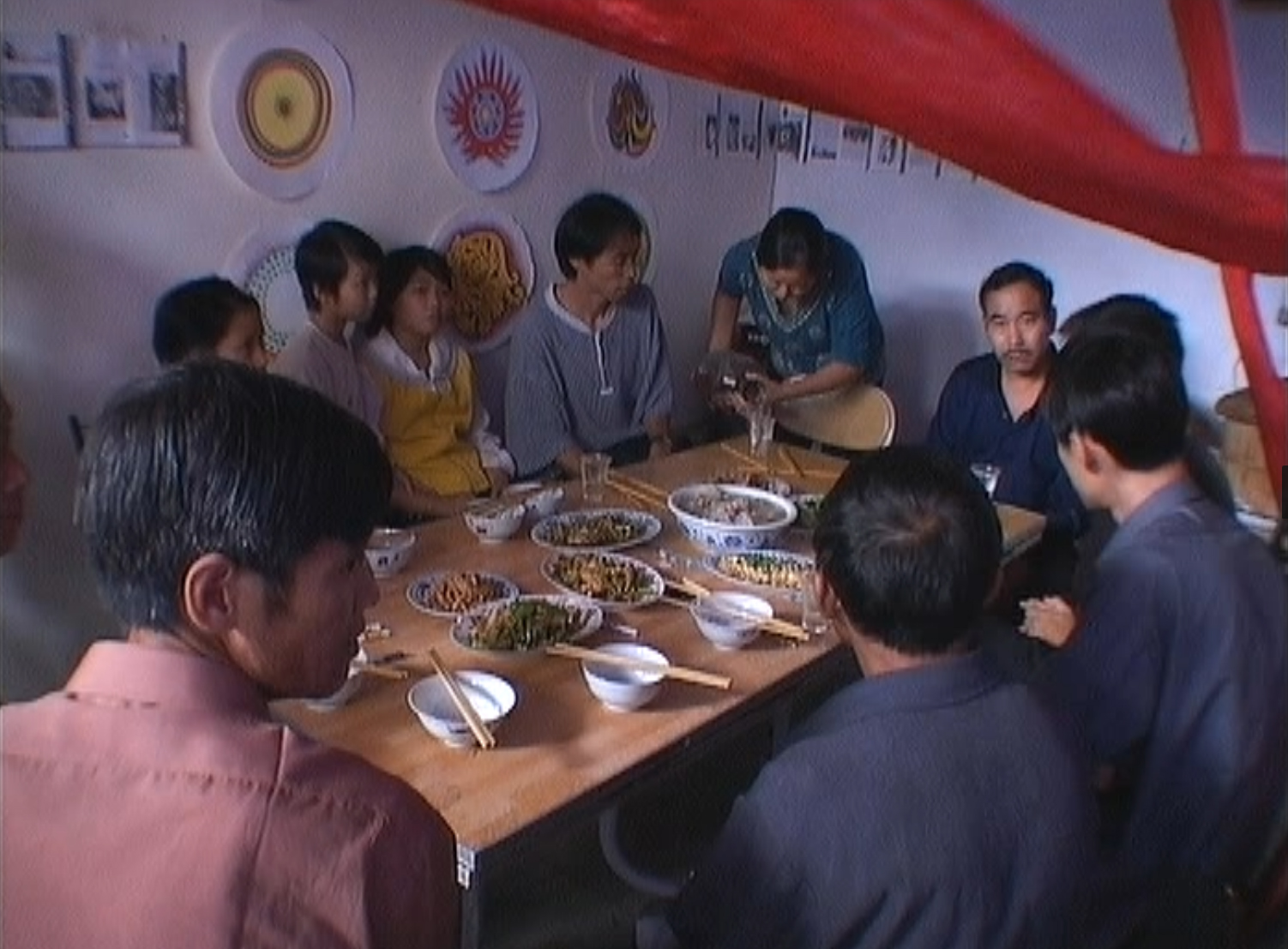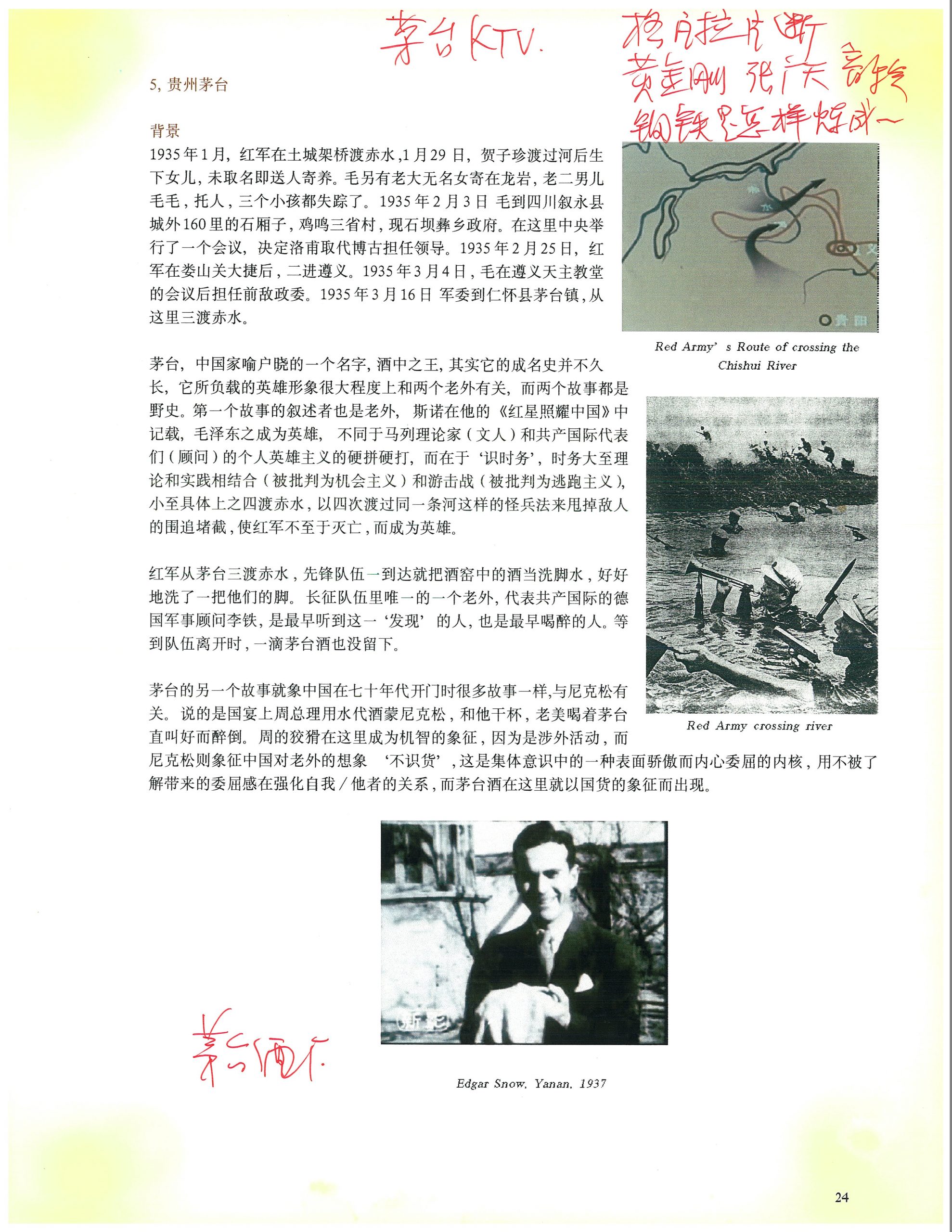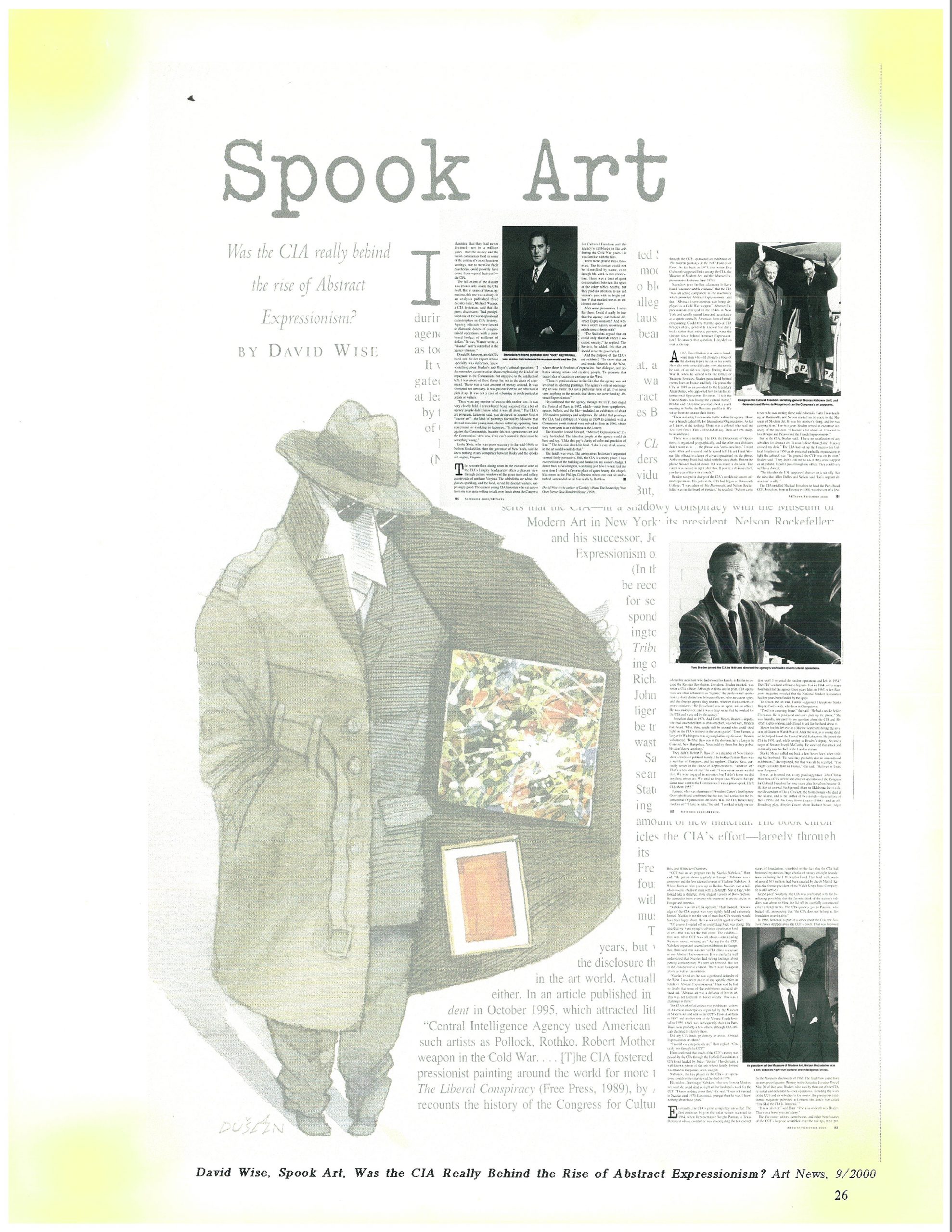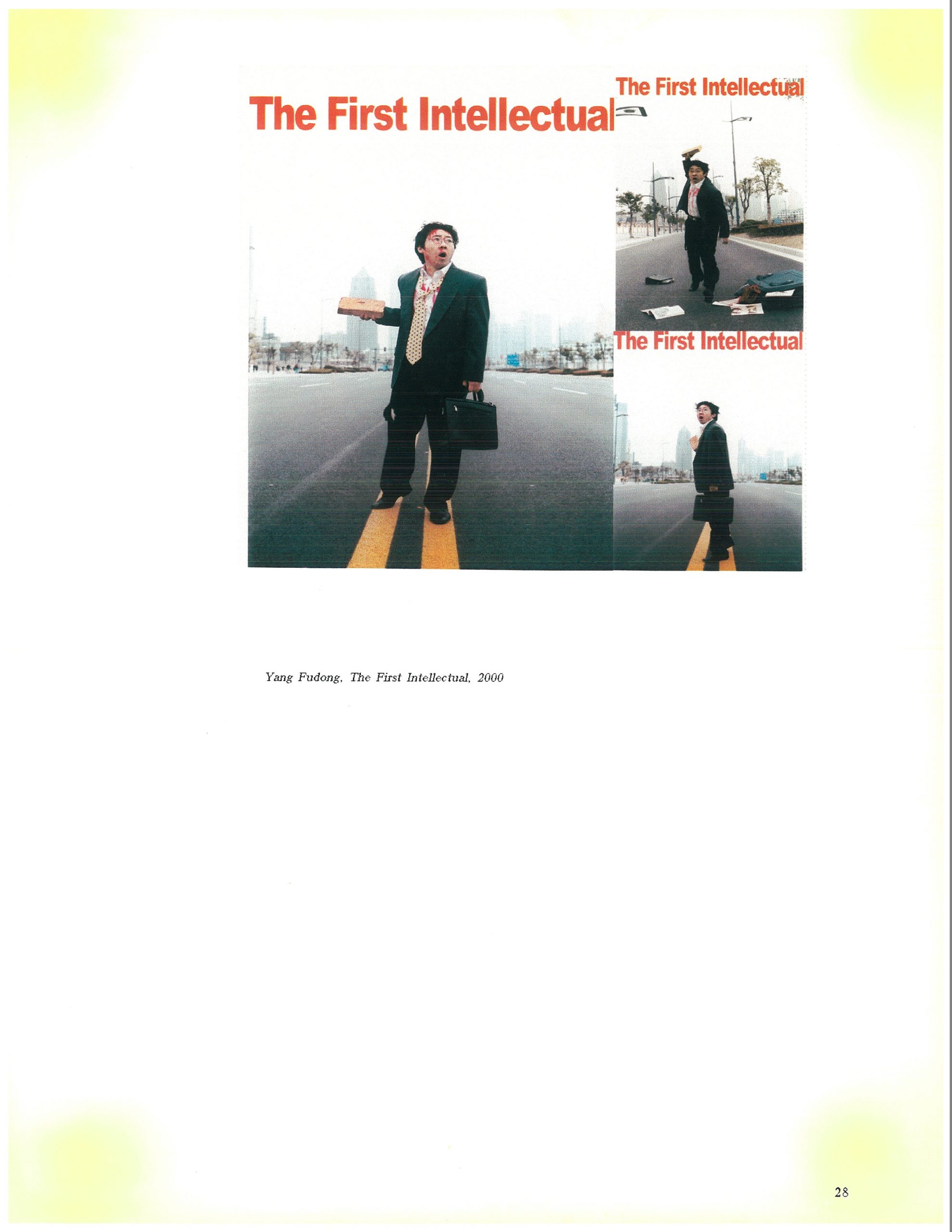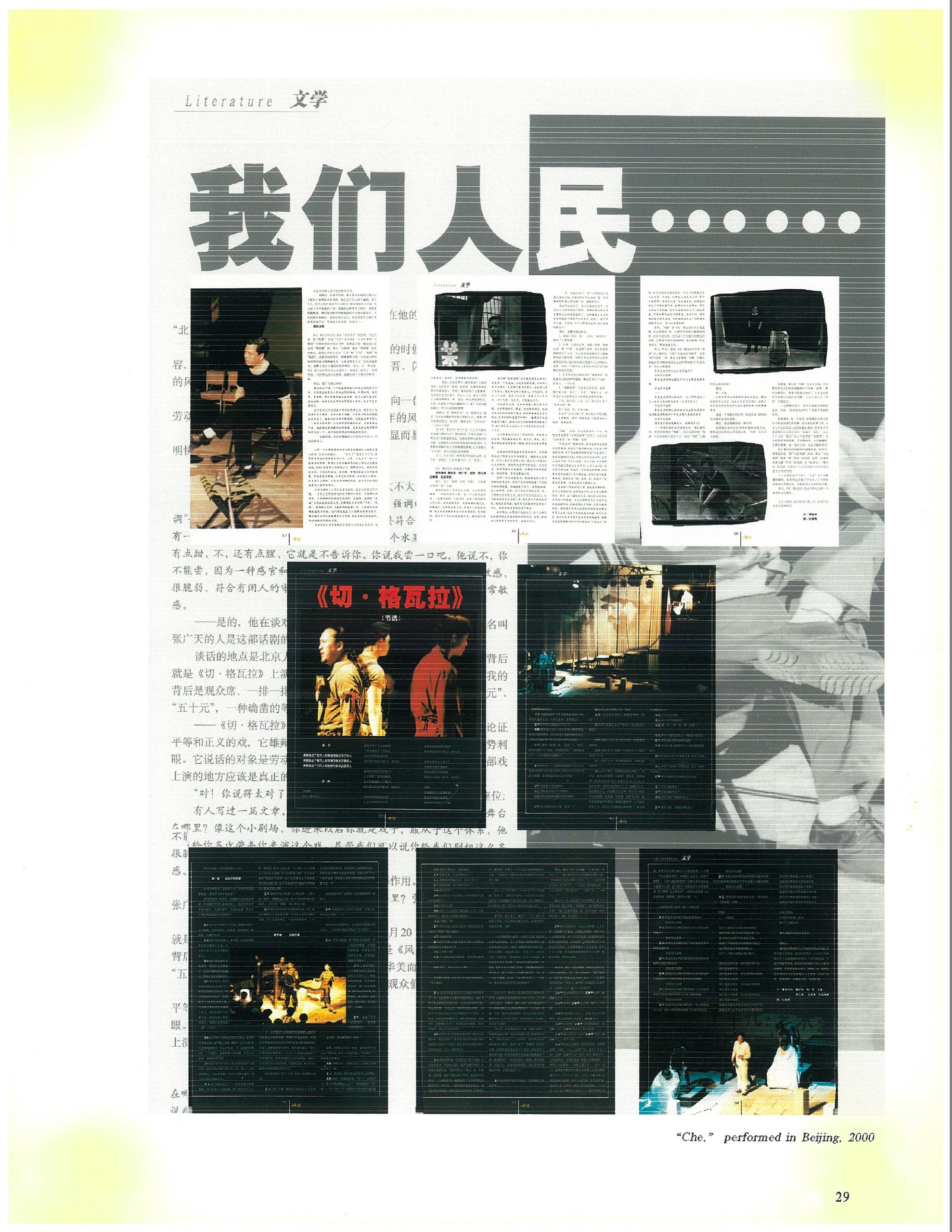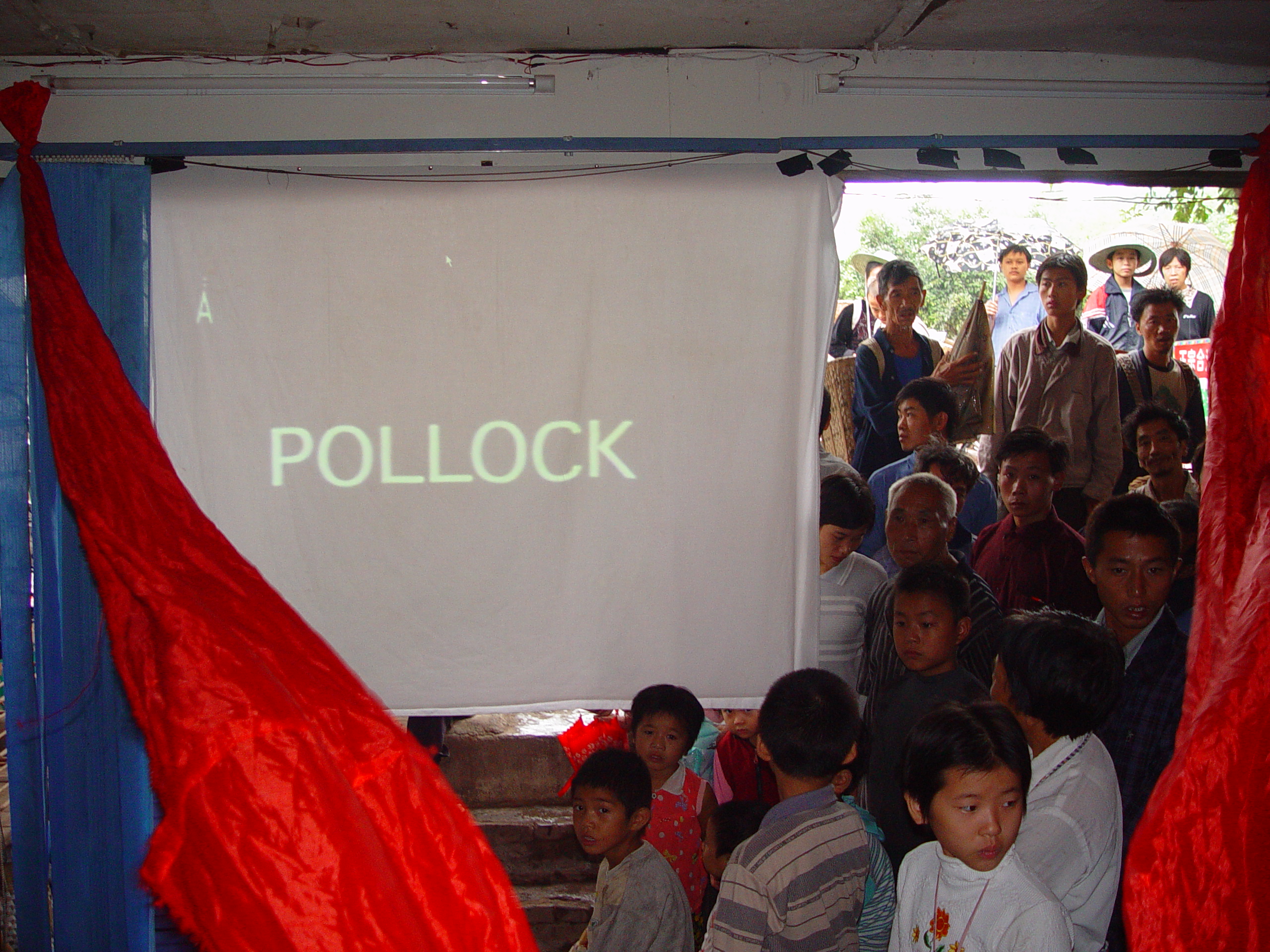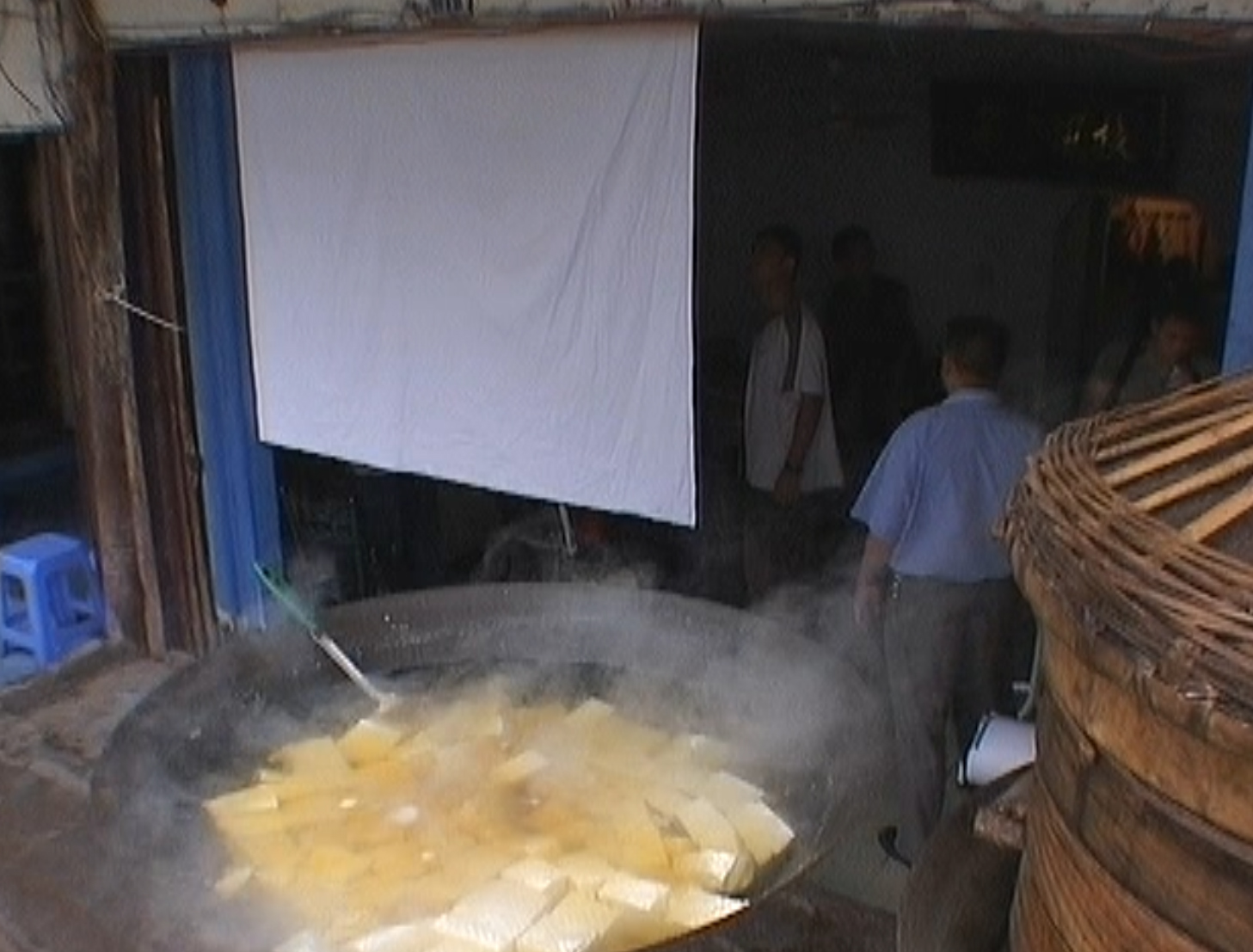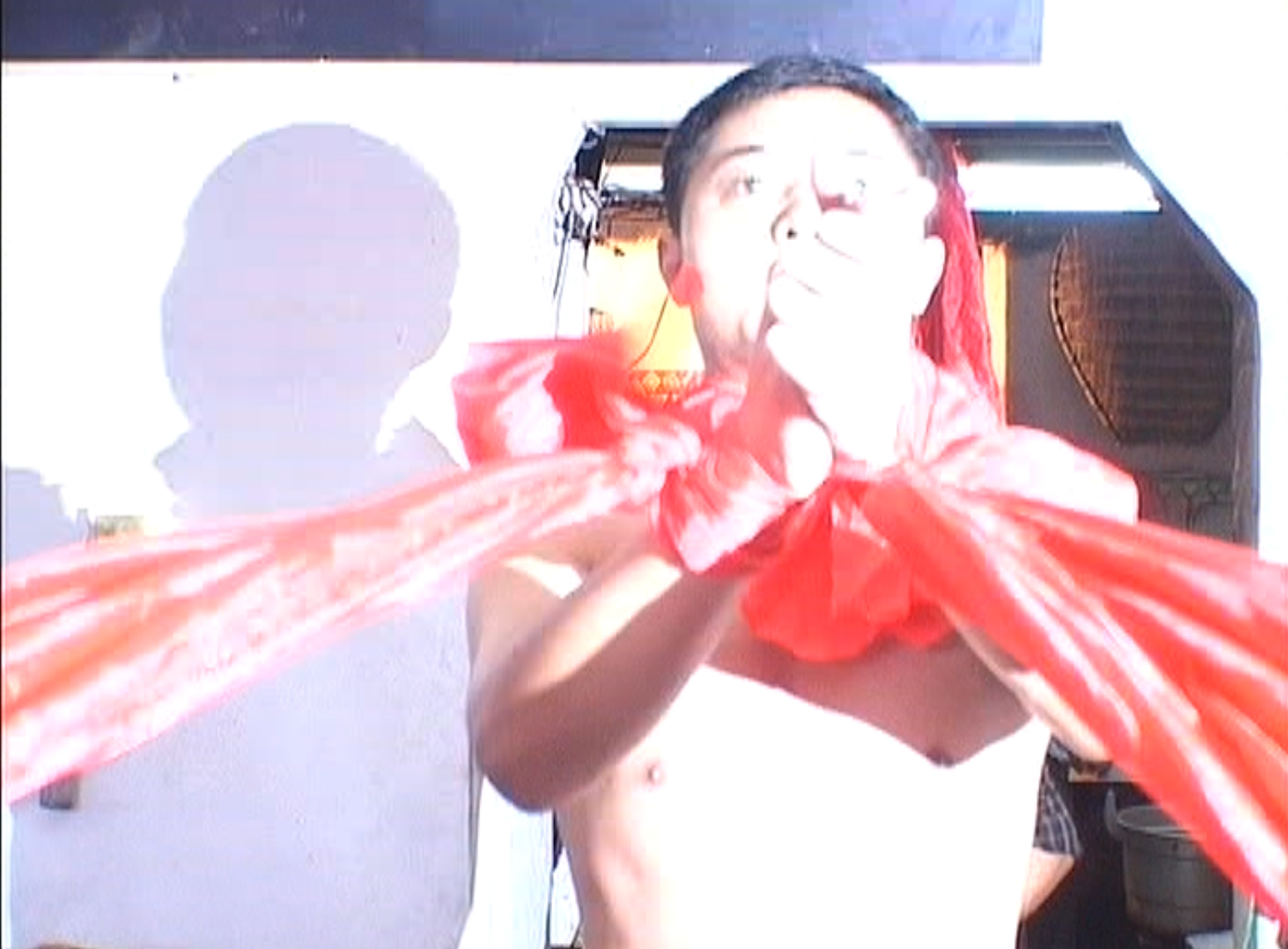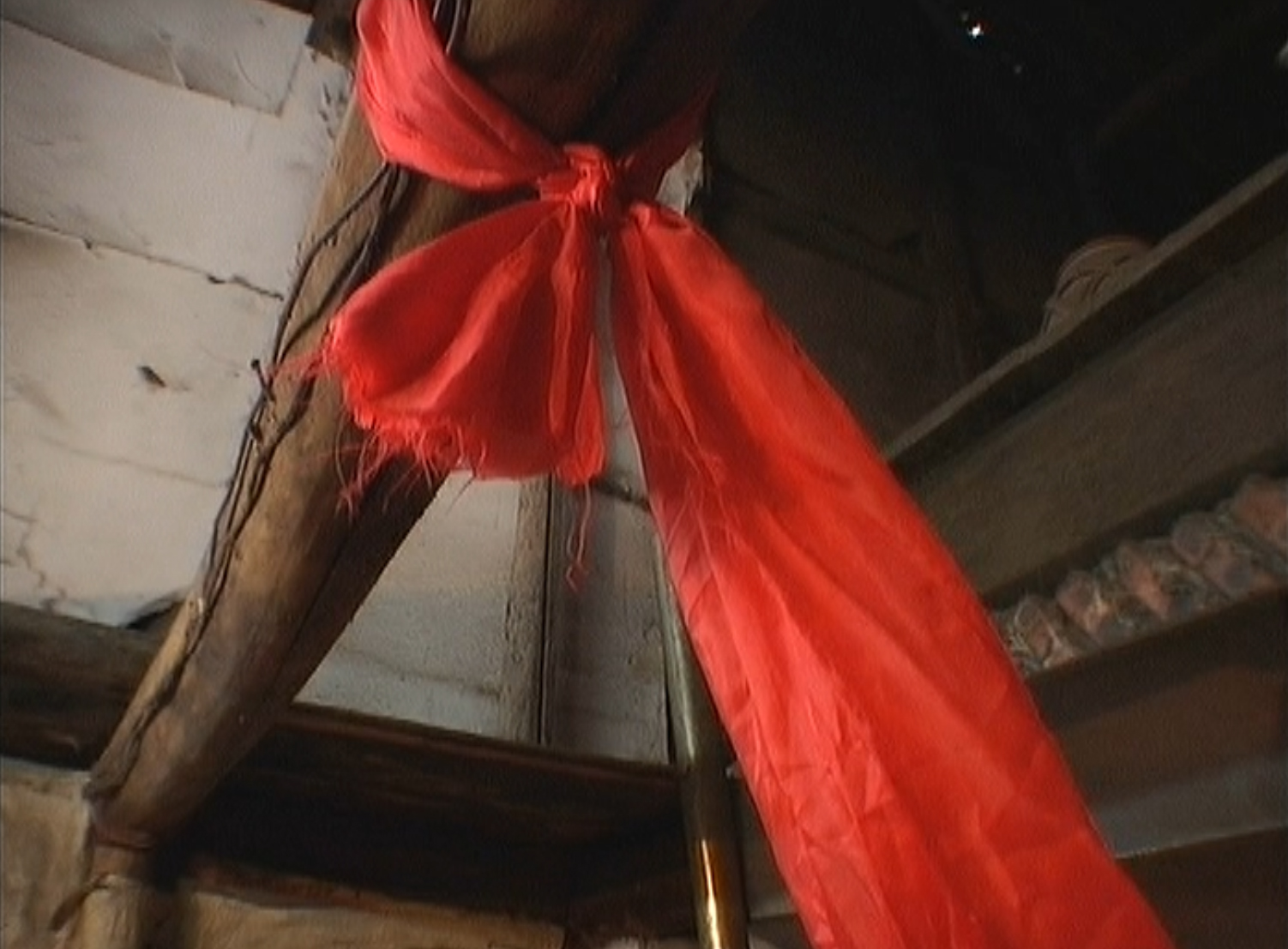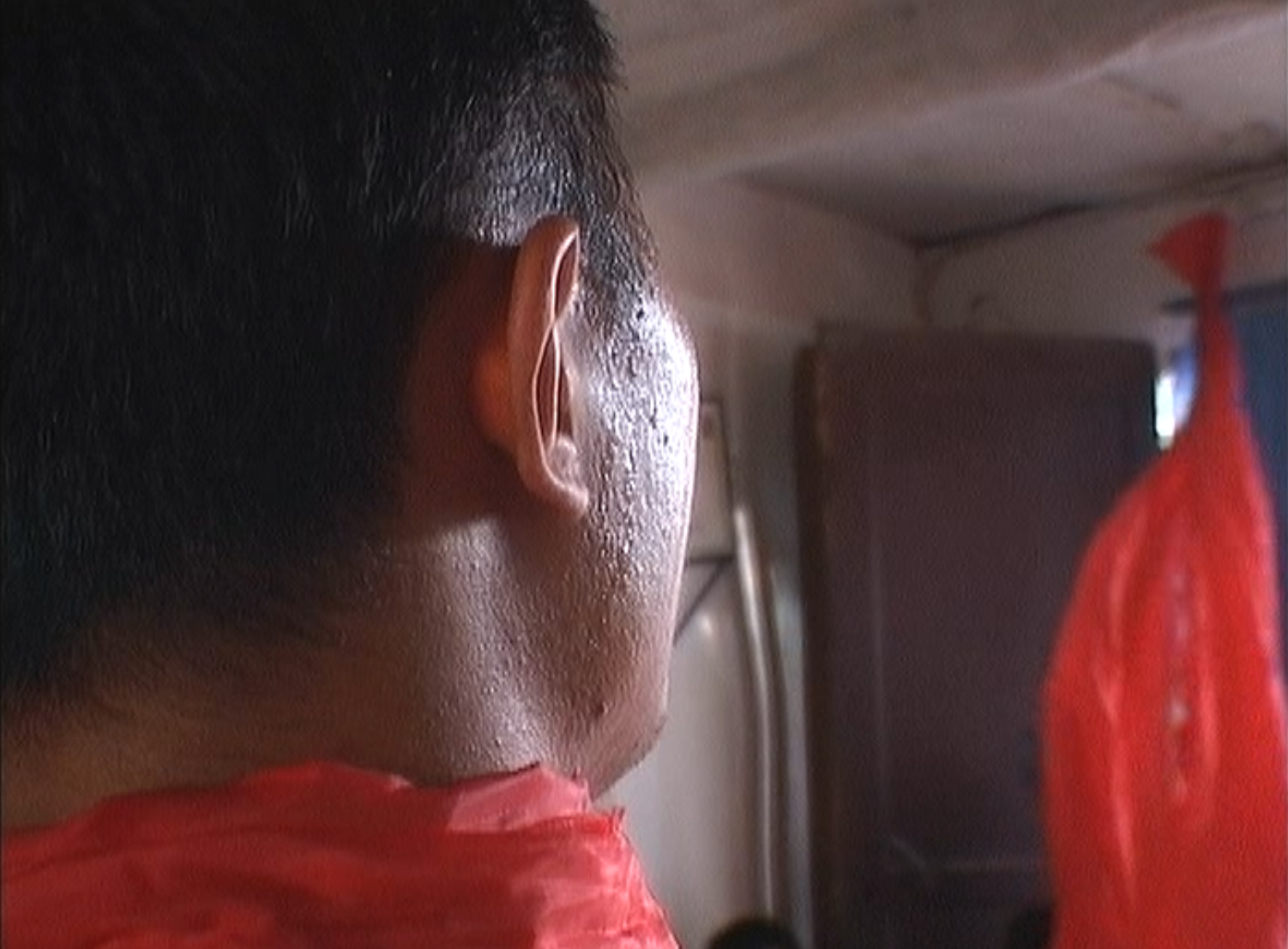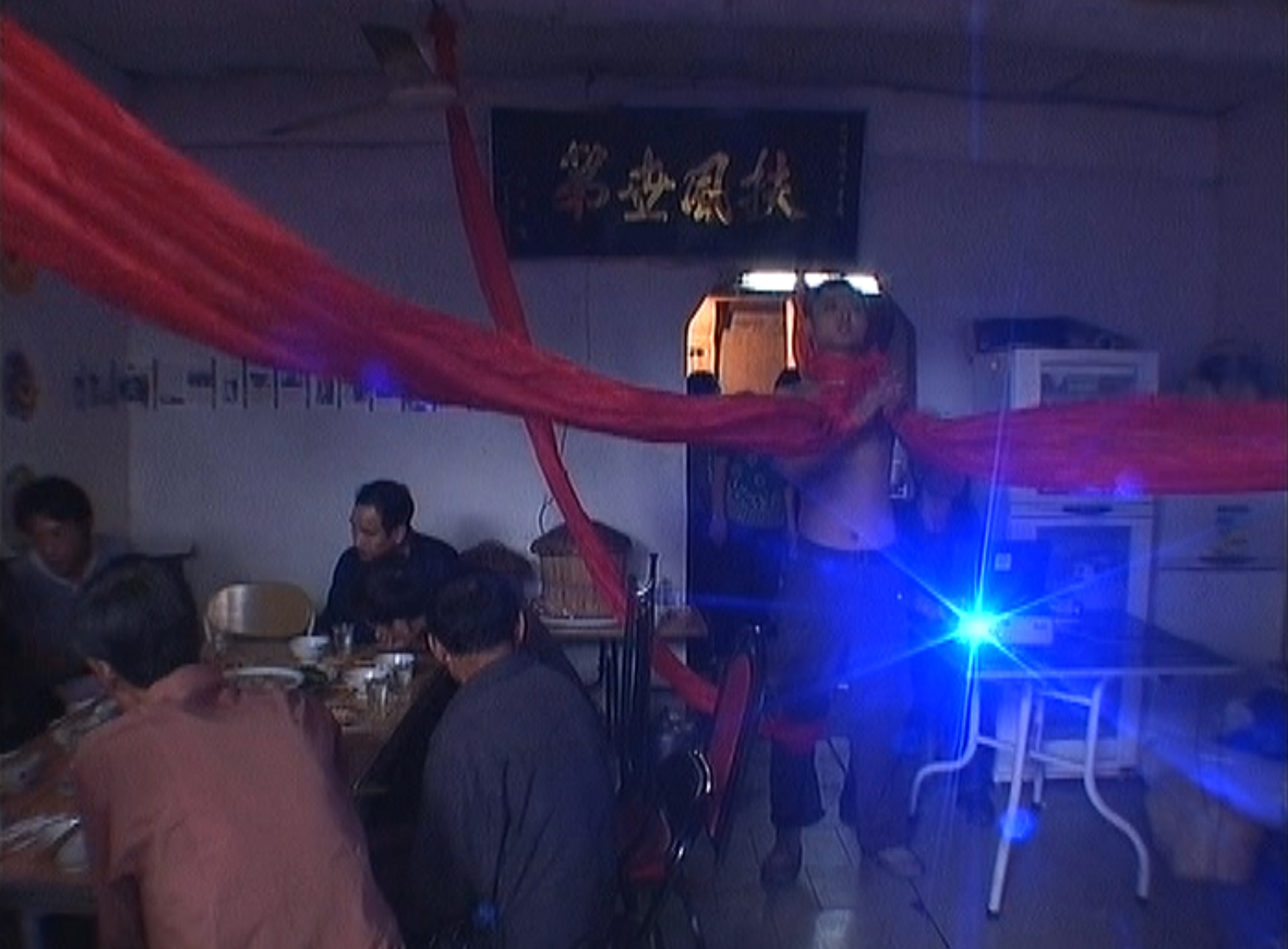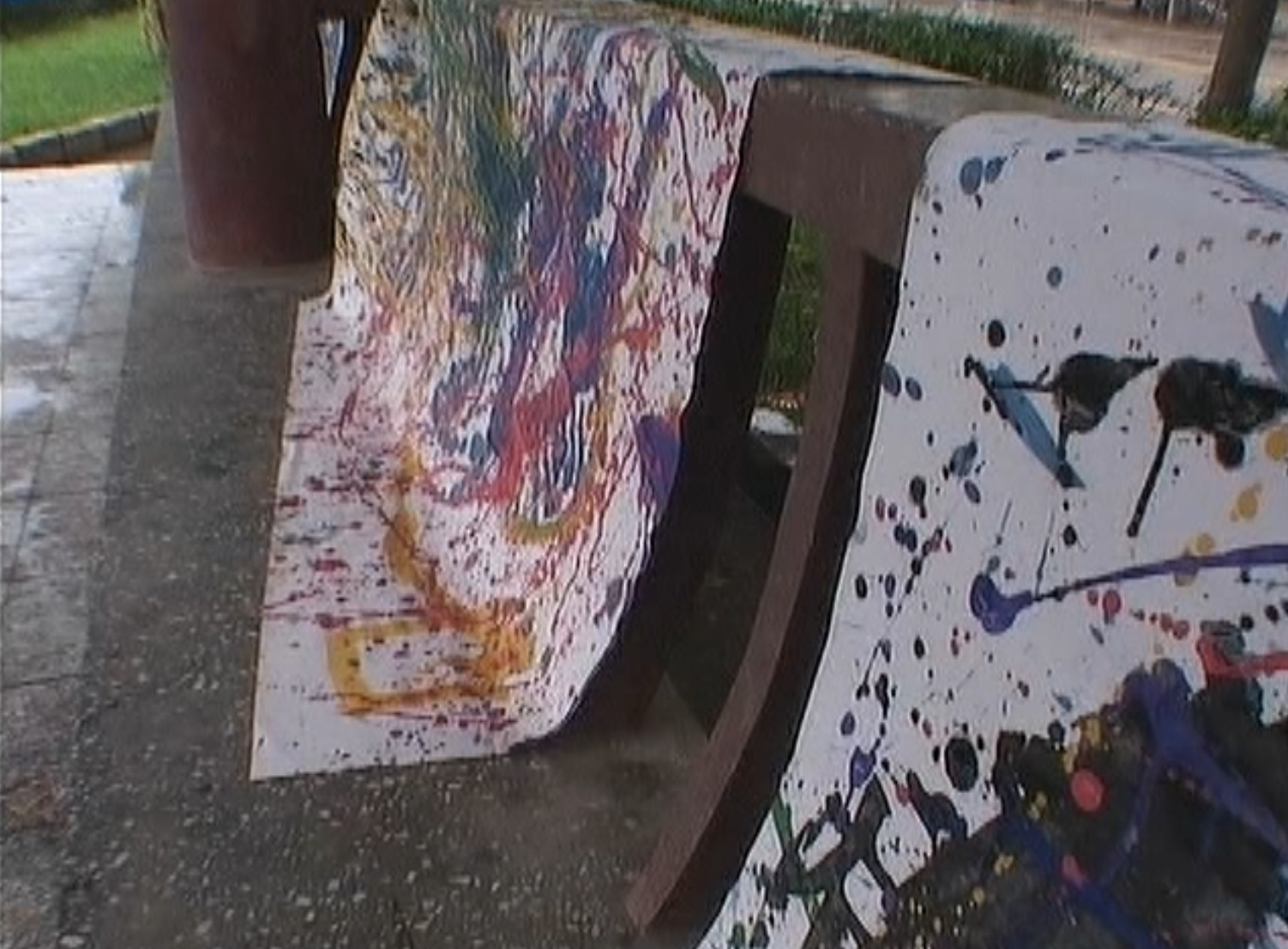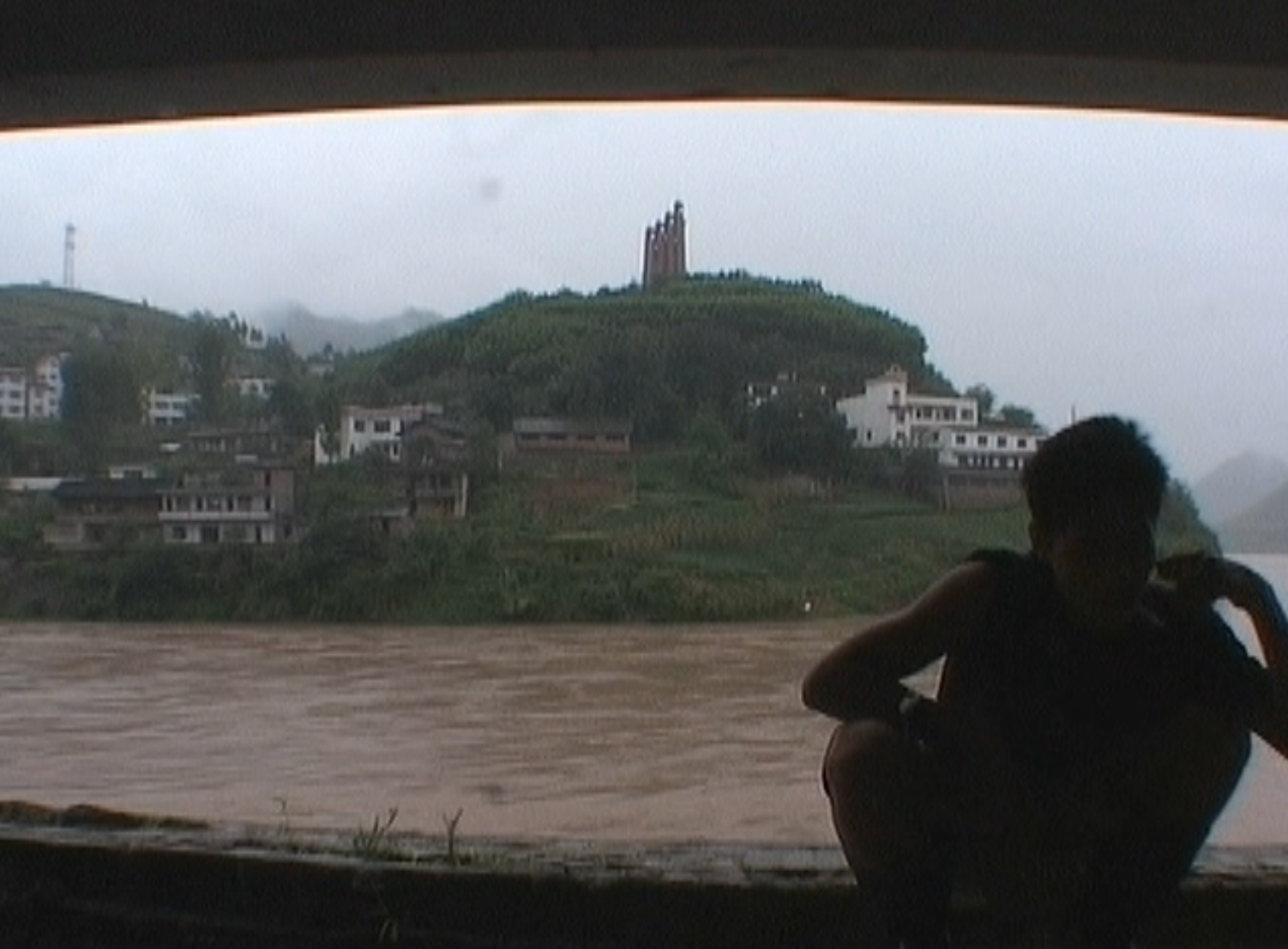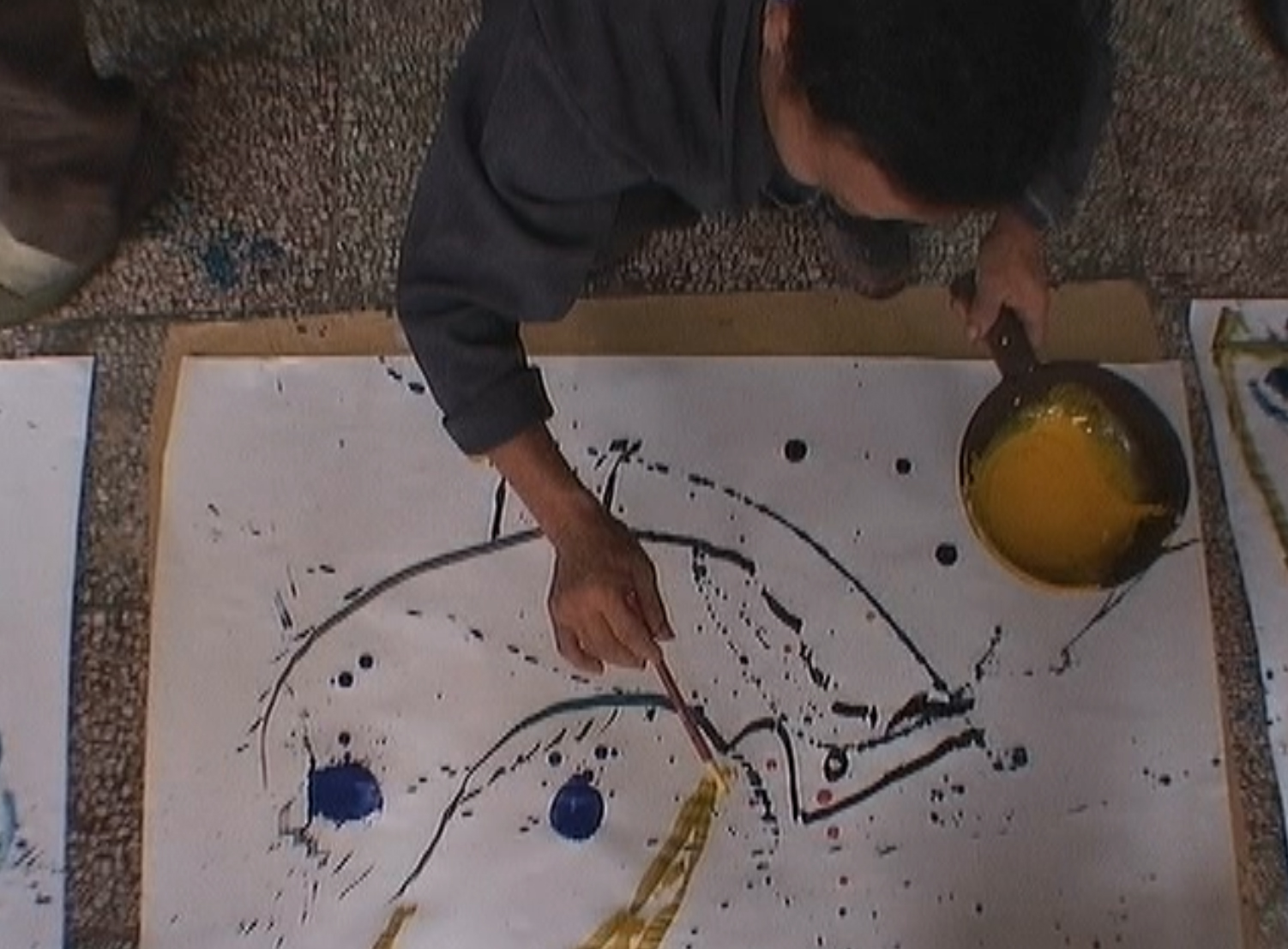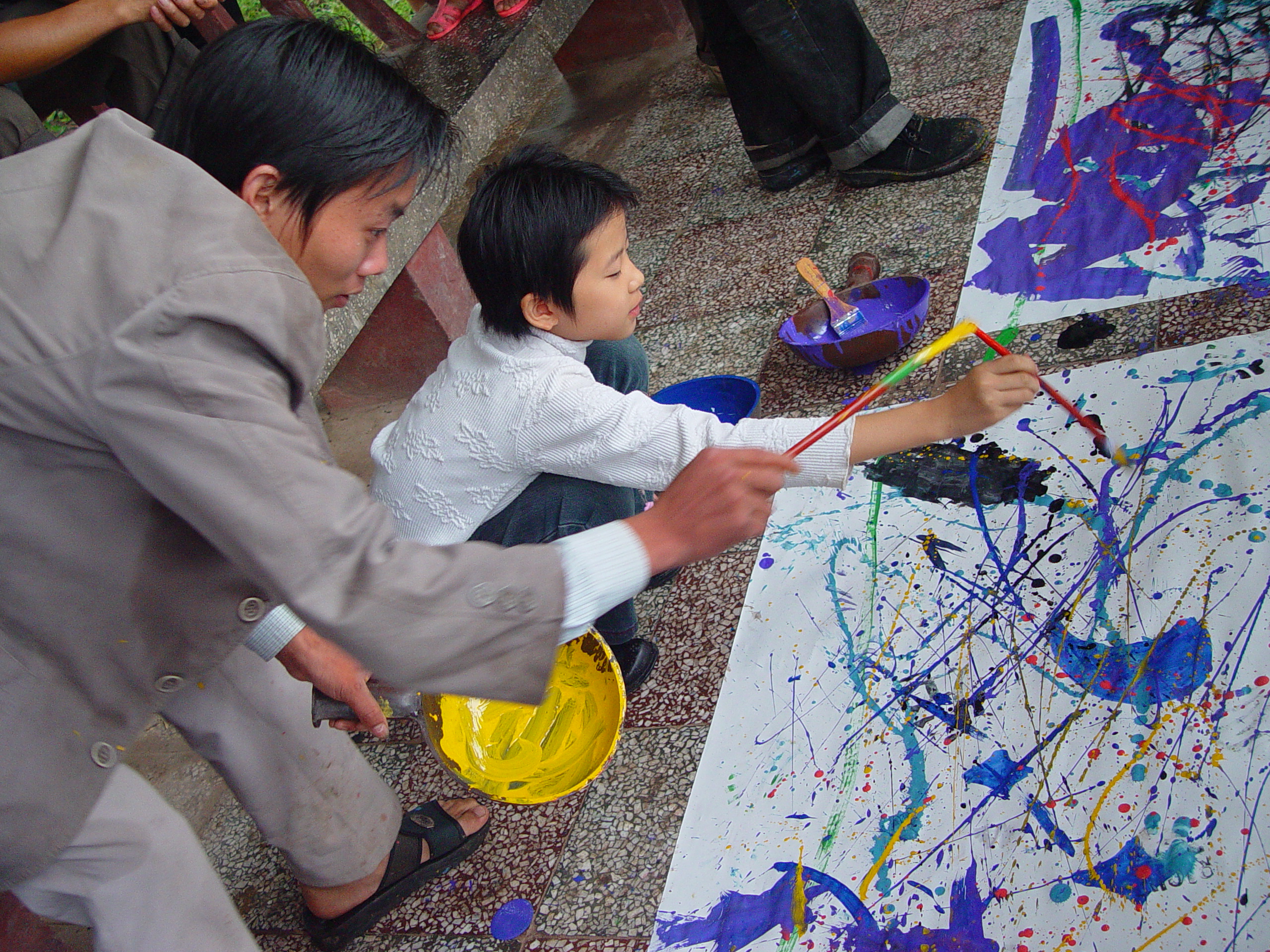Long March – A Walking Visual Display
作品《难民共和国》展在原中华苏维埃中央临时政府前展出-2-400x300.jpg)
Site 1: Ruijin, Jiangxi Province
Long March- A Walking Visual Display
Time: Jun. 28 – Jul. 7, 2002

Site 2: Jinggangshan, Jiangxi Province
Long March- A Walking Visual Display
Time: Jul. 8 – Jul. 12, 2002
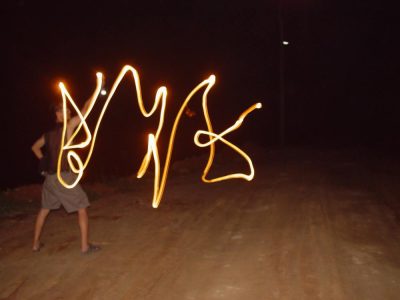
Site 3: Daozhong, Guangxi Autonomous Region
Long March- A Walking Visual Display
Time: Jul. 13 – Jul. 18, 2002

Site 4: Kunming, Yunnan Province
Long March- A Walking Visual Display
Time: Jul. 21 – Jul.22, Aug. 2 – Aug.5, 2002

Site 5: Lijiang, Yunnan Province
Long March- A Walking Visual Display
Time: Jul. 23 – Jul. 27, 2002
Jul. 31 –Aug.01,2002
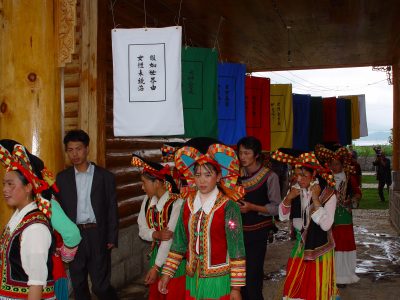
Site 6: Lugu Lake, Yunnan/Sichuan Provinces
Long March- A Walking Visual Display
Time: Jul. 27 – Jul. 30, 2002

Site 7: On the Train between Kunming and Zunyi
Long March- A Walking Visual Display
Time: Aug. 6, 2002
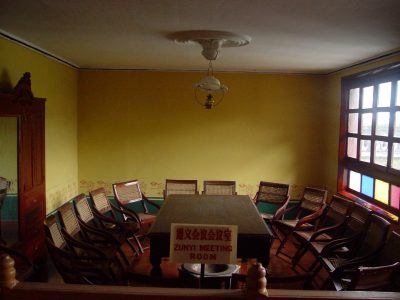
Site 8: Zunyi, Guizhou Province
Long March- A Walking Visual Display
Time: Aug. 7 – Aug. 12, 2002

Site 9: Maotai, Guizhou Province
Long March- A Walking Visual Display
Time: Aug. 13 – Aug. 15, 2002
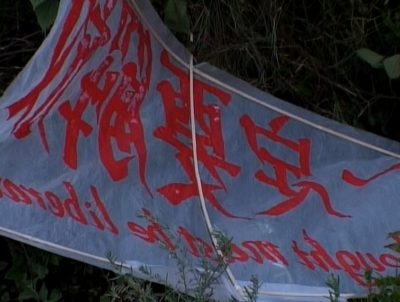
Site 10: Xichang Long March Satelite Station, Sichuan Province
Long March- A Walking Visual Display
Time: Aug. 16 – Aug. 21

Site 11: Moxi, Sichuan Province
Long March- A Walking Visual Display
Time: Aug. 22 – Aug. 27, 2002
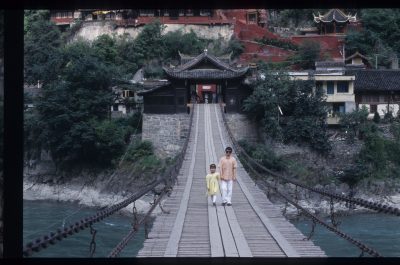
Site 12: From Anshunchang to Luding Bridge
Long March- A Walking Visual Display
Time: Aug. 28 – Sep. 1, 2002
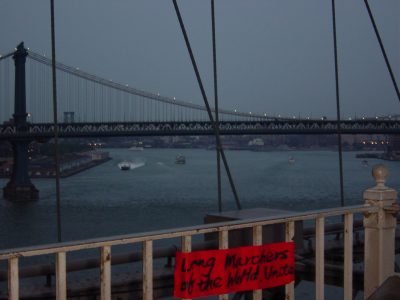
Works made along the Long March
Long March- A Walking Visual Display
Time: 2002
Artists: Qu Guangci, Qiu Zhenzhong, Song Dong, Yin Xiuzhen, Wang Bo, Qin Ga, Qiu Zhijie, Ingo Günther, Jiang Jie, Wang Jingsong, Yao Ruizhong, Shao Yinong, Mu Chen, Xiao Lu, Shen Meng, Xiao Xiong, Ding Jie
Site 9: Maotai, Guizhou Province
Long March- A Walking Visual Display
Time: Aug. 13 – Aug. 15, 2002
Curatorial Plan: Mao’s military genius and philosophical ideals – variations in the value placed on the individual and the collective among different cultural systems—Che Guevara/Jackson Pollockv
Route: Maotai, Guizhou Province
Time: 2002.8.13-8.15
August 13: Visiting Maotai
August 14: Jiangbin Restaurant and place where Mao crossed the river in Maotai town
The Survey on the Relationship between One’s Personality and Alcohol Intake
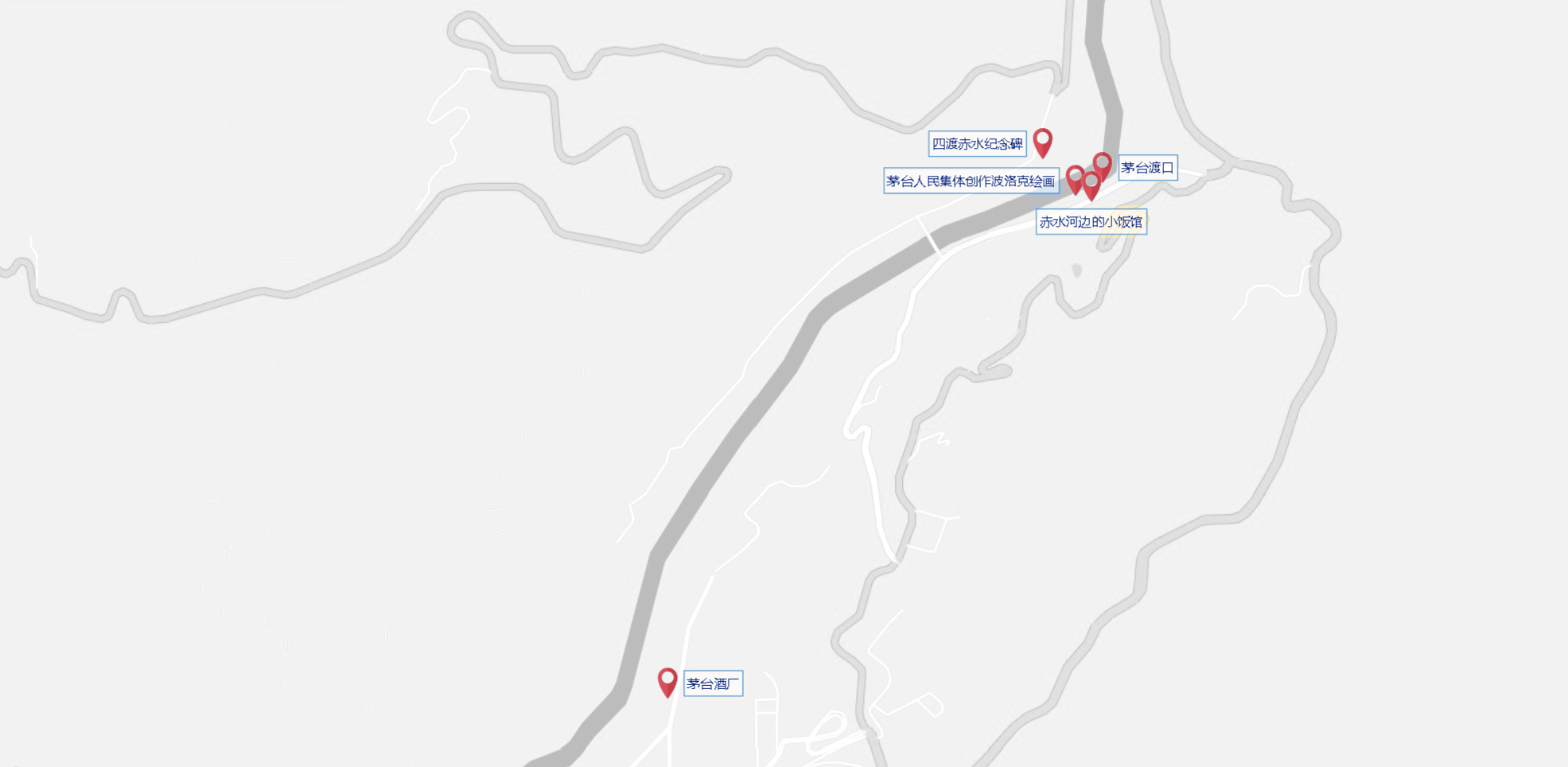

August 13
Lu Jie led the team to travel from Zunyi train station to Maotai. After the curatorial team investigating the site, the Maotai Number 1 Distillery, Lu Jie came up with an idea to modify the original plan of collaborating, exhibiting and interacting with amateur artists in the distillery. He decided upon carrying out a project involving the general public. The idea was to invite people from all walks of life to a lunch and drinking party, showing works by Che Guevara and Jackson Pollock, to examine the public’s understanding of alcohol, art, idealism, individualism and their relationship with collective ideology.


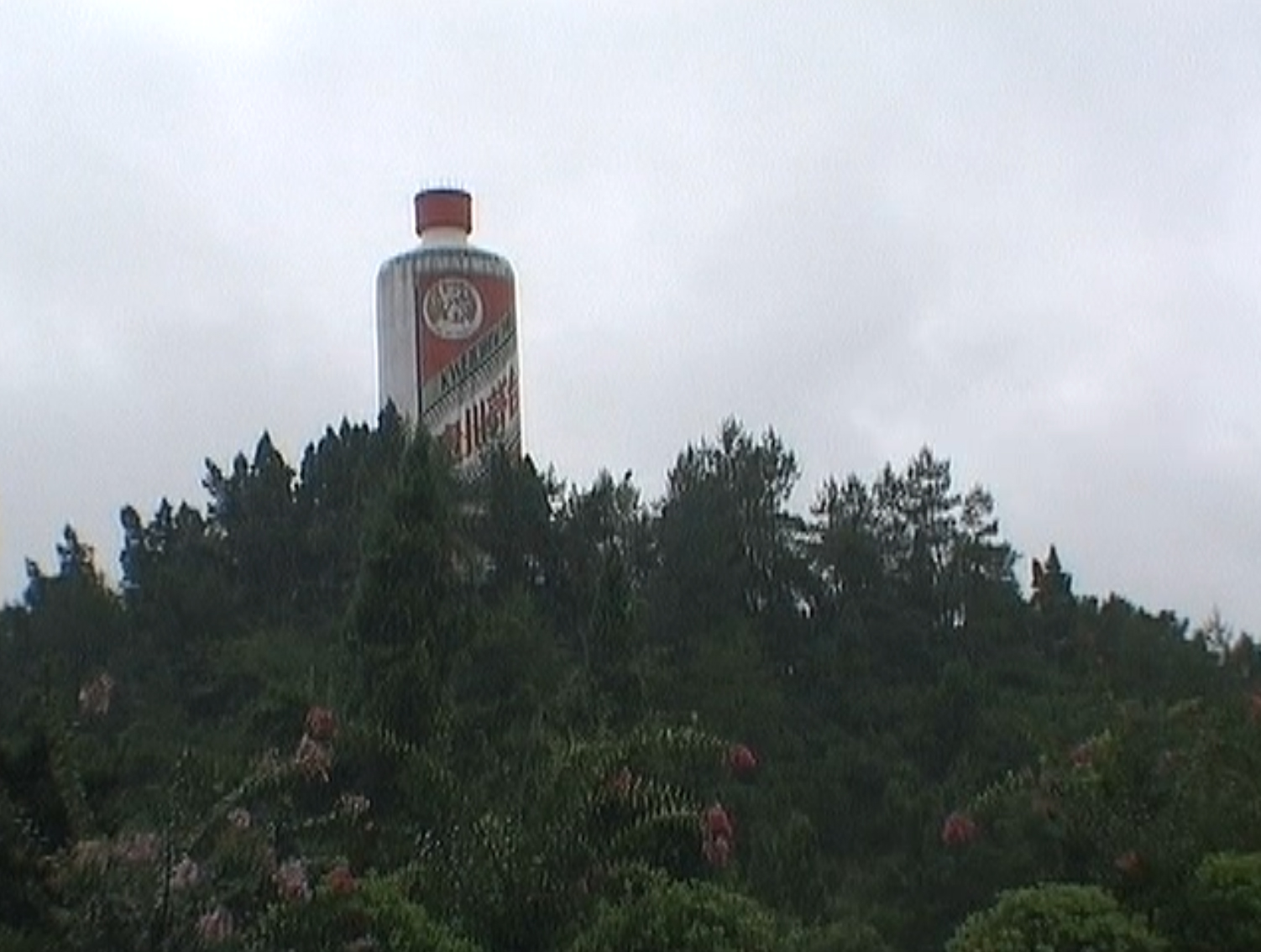
The Survey on the Relationship between One’s Personality and Alcohol Intake
August 14
The local participants were initially wary of the activity. Lu Jie was the only marcher at the table with them, and he worked hard to explain how they should complete a survey form that had been prepared by the Long March team. The survey asked questions about the participants’ identities: their names, occupations, and ages. It also asked questions about their relationship to alcohol – how often they drink and their general thoughts about alcohol – as the spirits distilled here are at the core of the town’s collective identity. It was discovered that many people at the table rarely drank, and few believed that alcohol could make one a genius. Lu Jie tried hard to keep the conversation alive asking questions such as which famous Chinese leader could drink the most.
